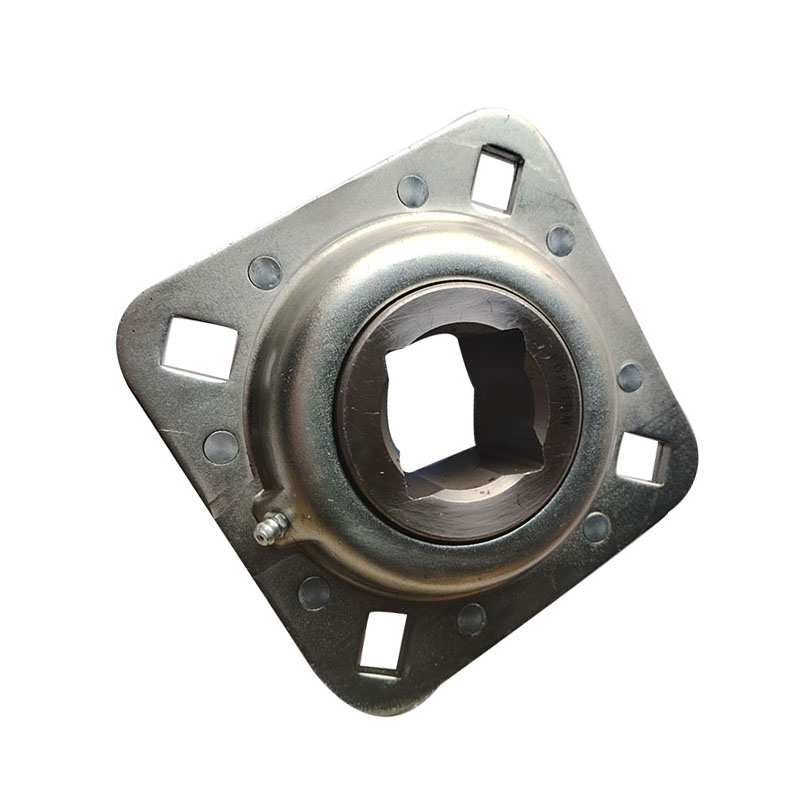Apr . 28, 2024 12:29 Back to list
What are Rod Bearings? Causes & Symptoms of Failure Explained
What Is a Rod Bearing?
An engine rod bearing is a split-sleeve type of bearing (meaning it has two separate semicircular halves or shelves) that keeps the crankshaft and connecting rod in place as they rotate. The bearing’s top half has a pinhole that keeps the crankshaft lubricated, allowing it to spin freely inside the bearing without generating excessive heat. Each piston and connecting rod assembly inside your engine has a rod bearing.
Rod Bearings vs. Main Bearings
The crankshaft spins in the main bearings and each piston’s connecting rod, with its bearings, is connected to the crank throws, each one like a crank “handle” that provides the power to turn the crankshaft.
But because rod bearings and main bearings are both located near the engine and crankshaft, it can be hard to tell them apart. Here’s how to differentiate the two:
Location
Rod bearings sit between the connecting rods and crankshaft while main bearings are positioned between the crankshaft and engine block.
Attachment
A rod bearing’s upper half is linked to the connecting rod’s bigger end while its lower half is connected to the rod bearing cap. In the case of the main bearing, its upper half is attached to the engine block while its lower half is connected to the main bearing cap.
Oil Flow
To keep the crankshaft lubricated, oil must first pass through the main bearing before it reaches the rod bearing.
Material
Both rod and main bearings are usually made from nonferrous metals (a metal that doesn’t contain iron). Examples of bearing materials include aluminum and bronze.
Quantity
The total number of rod bearings an engine has depends on its cylinders. A vehicle typically has at least two main bearings located on each end of the crankshaft. The number of main bearings can also be increased to improve engine stability.
Purpose
Rod bearings are perfectly sized, two-piece laminated shells that fit in the large end of each piston’s connecting rod, consisting of several layers of metal to provide a replaceable wear surface. Lawn mower engines typically don’t have rod or main bearings. Each bearing has a small “tang”
Lube oil from the crankcase is pumped by the engine oil pump under pressure through specially drilled holes in the crankshaft to keep the bearings and crankshaft journals from grinding and galling, which always happens when lube oil pressure is lost.
There is some normal wear, and when the rod and main bearings begin to wear, some of the oil pressure is lost at high temperature. And while overhead camshafts can wear their cam saddles and caps and cause lost oil pressure, cam-in-the-block engines have circular one-piece bearings that can wear and cause the same problem.
What Causes Rod Bearing Failure?
There are several reasons why rod bearings fail. Here are some of the most common ones:
Lack of Lubrication
Lack of lubrication is the number one cause of rod bearing failure. The root cause of the issue could be anything from a low oil level to a faulty oil pump. Clogged oiling passages can also lead to isolated bearing failures.
Misassembly
Assembly errors such as improper shim installation, reversed bearing caps and halves, misaligned bearing oil holes, and unnested locating lugs are some factors that contribute to premature bearing failure.
Using Sub-Par Oil
Engine oils come with a set of additives that protect bearings from rubbing together under extreme heat and pressure. Using a sub-par engine oil or one that doesn’t match your vehicle’s specifications may result in bearing failure, as it won’t have the right set of additives to protect your vehicle’s bearings.
Overlay Fatigue
Overloading the rod bearing may result in overlay fatigue, which is the formation of fine cracks along its surface. Once the cracks form, overlay material will fill in the cracks and relieve the bearing’s load concentration.
Dirt Build-Up
Dirt build-up is a common cause of bearing failure. Dust, road debris, and metal particles can get trapped inside the oil, damaging the bearing lining and reducing its service life.
Corrosion
Pitting in the bearing surface may occur due to the accumulation of harmful acids in the crankcase. Although corroded bearings are more common in diesel engines due to the presence of high sulfur fuel, this can also happen to gas cars if the motor oil is not changed periodically.
Symptoms of Faulty Rod Bearings
Two of the most common symptoms that point to a faulty rod bearing are rod knock and illuminated warning lights.
Rod Knock
A damaged or worn-out connecting rod bearing may result in excessive rod knock, which is a rapping noise produced by the engine. This means that the clearance between the connecting rod and crankshaft has changed, hence the knocking sound.
Latest news
-
spherical-bearings-enabling-bionic-joint-over-rotation
NewsAug.22,2025
-
stainless-steel-sphericals-botongs-harsh-environment-heroes
NewsAug.22,2025
-
spherical-roller-thrust-bearings-for-space-elevator-anchors
NewsAug.22,2025
-
axial-spherical-roller-bearing-xingtais-motion-architects
NewsAug.22,2025
-
ceramic-coated-bearings-for-fusion-reactor-plasma-whirlpools
NewsAug.22,2025
-
botongs-zirconia-bearing-defying-metal-limits
NewsAug.22,2025
